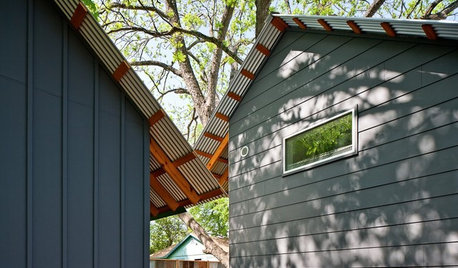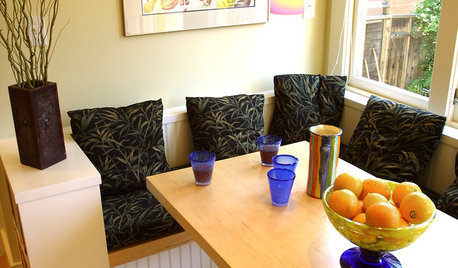What is Silica?
centaurfeed
14 years ago
Featured Answer
Comments (7)
borderbarb
14 years agobill13286
14 years agoRelated Professionals
Ferndale Landscape Architects & Landscape Designers · Wareham Landscape Architects & Landscape Designers · Dickinson Landscape Contractors · El Sobrante Landscape Contractors · Ellicott City Landscape Contractors · Fountain Valley Landscape Contractors · Mastic Beach Landscape Contractors · Secaucus Landscape Contractors · West Haverstraw Landscape Contractors · Maplewood Landscape Contractors · Del City Decks, Patios & Outdoor Enclosures · Franconia Decks, Patios & Outdoor Enclosures · Frisco Decks, Patios & Outdoor Enclosures · Monroe Decks, Patios & Outdoor Enclosures · Watauga Decks, Patios & Outdoor EnclosuresKimmsr
14 years agobriergardener_gw
14 years agoborderbarb
14 years agoborderbarb
14 years ago
Related Stories

REMODELING GUIDESFiber Cement Siding Takes a Front Seat
Not just a wood or vinyl substitute, fiber cement is a stellar siding choice in its own right for modern home exteriors
Full Story
HEALTHY HOMEWhat to Know About Controlling Dust During Remodeling
You can't eliminate dust during construction, but there are ways to contain and remove as much of it as possible
Full Story
PRODUCT PICKSGuest Picks: Petrified Wood
Fossilized wood is a trendy material choice that's been a few million years in the making
Full Story
MATERIALSWoodipedia: Maple Is a Marvel Around the House
A heavy hardwood with lots of potential, maple appeals to modern sensibilities and won't break your budget
Full Story
HOUSEKEEPINGHow to Clean a Glass Shower Door
See which tools and methods will keep those glass shower walls and doors sparkling clean
Full Story
RUSTIC STYLEBrick Floors: Could This Durable Material Work for Your House?
You love the old-world look, but will you like the feel of it underfoot? Learn the pros and cons of interior brick flooring
Full Story
KITCHEN COUNTERTOPSKitchen Counters: Concrete, the Nearly Indestructible Option
Infinitely customizable and with an amazingly long life span, concrete countertops are an excellent option for any kitchen
Full Story
LIFEGet the Scoop on High-Design Litter Boxes
Unavoidable doesn't have to mean unpleasant; cats and guardians alike will purr over these terrific design solutions for the litter box
Full Story
HEALTHY HOMENontoxic Paint 101
If 'VOC' sounds like gobbledygook and you have no clue what causes that funny smell, check out this primer on ecofriendly paint types
Full StoryMore Discussions








lou_spicewood_tx